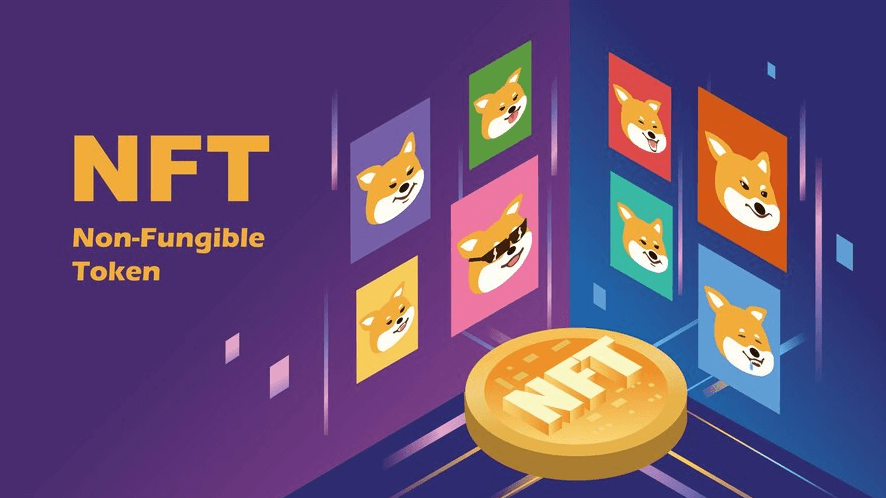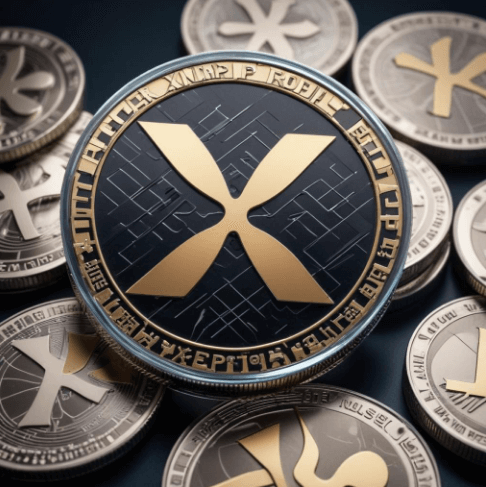Over the past month, the Ethereum-based Non-Fungible Token (NFT) market has plummeted, with total sales down 55%.
The largest collections, from Bored Ape Yacht Club and Mutant Ape Yacht Club to CryptoPunks, dropped more than 40% in both sales volume and base price.
The decline in Ethereum NFT sales
NFTs have definitely reinvented the digital art and collectibles market, with Ethereum powering most NFT transactions as the number one blockchain platform.
Although NFTs rose in 2021 to unbelievable attention and money inflows, recent trends show a huge decline in Ethereum NFT sales. The article gives complex explanations for this downturn and what it says about the future of the NFT market.
The Initial Boom
2021 saw NFTs become a mainstream event, with sales mounting up to billions. High-profile auctions, celebrity endorsements, and wide coverage in the media gave way to speculative mania.
Ethereum is the most mature and feature-rich blockchain for smart contracts and became the de facto platform for minting and trading NFTs. The high-profile nature of projects such as CryptoPunks, the Bored Ape Yacht Club, and several pieces of digital art fetched eye-watering sums that created a gold rush mentality among investors and creators.
Market Saturation and Overvaluation
The biggest reason behind the fall in Ethereum NFT sales is market saturation. The novelty of the NFTs started wearing off, and the market got oversaturated with new projects, most of which were not very original or intrinsically valuable.
Such oversupply automatically resulted in falling buyer interest and prices for all but a few of the most sought-after NFTs.
It saw the inflated valuations of many NFTs within the speculative bubble. When the market began to correct, prices tumbled, and confidence was lost in the minds of investors who expected quick returns on their investments.
Economic Factors
The broader economic environment has also played a huge role in the fall of Ethereum NFT sales. With rising interest rates and inflation, coupled with a general downturn in the cryptocurrency market, people’s disposable income and investment in something as speculative as NFTs have fallen.
The volatility of the crypto market made the potential buyer wary, thus reducing activity and volumes of transactions.
Technological and Environmental Concerns
There has always been one major gripe: scalability issues of Ethereum and high gas fees. At the peak of NFT mania, only large transactions became feasible due to huge transaction fees.
Although Ethereum is currently trying to move towards a proof-of-stake consensus mechanism with Ethereum 2.0, this would curtail the above problems; the high gas fees and the environmental concerns that came as a result of the proof-of-work model likely made a dent in NFT sales on the platform.
Regulatory Uncertainty
Clearly, the regulatory scrutiny of cryptocurrency and NFT markets has increased. Governments around the world are quite lost as to how to treat NFTs; hence, there exists a lot of uncertainty in the market, deterring investment.
Concerns over money laundering, fraud, and tax implications make potential buyers and creators approach the market more with apprehension.
Shifting Interest and Innovation
The interest soon took over the novelty and the promise that the first NFTs held after the market matured. Rising alternative blockchain platforms such as Solana and Polygon, which lower fees and speed up transactions, drew all the attention away from Ethereum.
Innovations and new use cases in the NFT market, such as gaming or virtual real estate, are in development and might not rely on Ethereum.








Leave a Reply